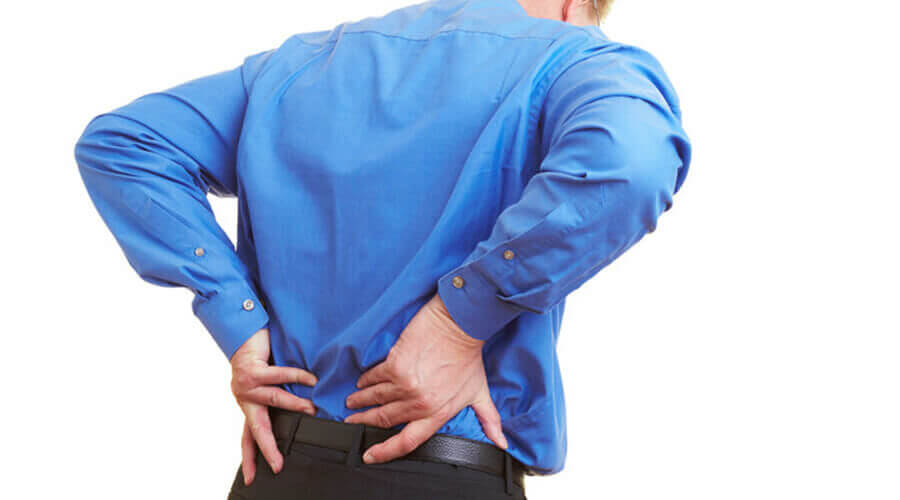
Lower back pain is a common and long-standing problem and affects a very large proportion of the population. “My back is cold!” is a common cry. What might be behind the waist pain?
It’s important to note that lower back pain can indicate more than one problem. It is common to talk about lower back pain when there is pain or discomfort in the area between the lower rib cage and the tailbone. This may or may not be accompanied by radiating pain in the leg. In terms of duration, we can talk about acute (i.e. less than 1 month), sub-acute (2-3 months), recurrent or chronic (if more than 3 months) low back pain.
A common misconception about back pain is that it is caused by herniated discs. This is incorrect for several reasons, as hernias tend to develop in the discs between the vertebrae that make up the spinal column. A more common and more likely cause is tension in the muscles, ligaments and soft tissues, which is the cause in 70% of cases. Lower back pain can also be caused by a sudden movement of the trunk, lifting heavy weights, or by an incorrect posture.
A cold can also cause waist pain, of course. That’s why when the weather gets colder, it’s a good idea to dress with your waist covered. However, it is not only the waist that can get cold, but also a cold that can cause waist pain, i.e. a cold with waist pain. In this case, the symptoms of a waist cold may be accompanied by the symptoms of a cold (runny nose, fever, chills, cough) and also by waist pain. Colds can often cause joint pain, which is common in the problem areas. This area is generally the waist.
Lower back pain is a symptom, so it can indicate the presence of several problems. There is also non-specific low back pain, which occurs when the origin of the pain is not related to musculoskeletal problems. It is caused by a wrong movement, strain or stress. Most patients experience this type of low back pain. It can also be caused by a cold, because you cough so much that it causes muscle fever in the lower back.
The other type is specific lower back pain. This is when someone has back pain due to a medical condition such as articular cartilage wear, osteoporosis, disc herniation, spinal stenosis or vertebral problems. Many people think that back pain can be caused by a simple cold, but this is not the case. However, in the case of a viral illness that is associated with a fever, you may also develop lower back pain and limb pain.
The treatment tends to be different for different reasons. The good news is that the most common way to get rid of pain is non-surgical. Your doctor will usually recommend injections, painkillers, painkiller patches and anti-inflammatory medication. It may also be supplemented by physiotherapy and physical therapy. It is also advisable to use herbal products as they can give great results without side effects. A cold in the lower back can also be treated with herbal creams, but warm compresses and warm clothing are recommended, as it tends to occur in the winter months.
Can I develop lower back pain due to flatulence?
Yes, a urinary tract infection caused by flatulence, bacterial or viral infection can contribute to lower back pain.
A cold sore back, also known as back pain, is usually caused by fatigue or overuse of the muscles in the back. Symptoms of a cold back include back pain that can be aggravated by movement, laughing, coughing or sneezing, and tightness and spasm of the back muscles. Back pain is often temporary and can heal on its own, but if it persists for a long time or is more severe, you should seek medical advice. Back pain can be treated with pain relief creams, cooling or warming packs, massage and exercise. It is important to stand, sit and sleep properly and to exercise regularly to prevent back pain.
Treatment of a cold sore waist usually involves the following steps:
-Rest: Resting the waist can help with recovery.
-Anti-inflammatories: can help reduce pain and inflammation.
-Stretching and strengthening exercises: stretching and strengthening exercises can help strengthen muscles and reduce pain.
-Medical help: if the pain is severe or if treatments are ineffective, it is recommended to consult a doctor to determine the exact cause and prescribe appropriate treatment.



